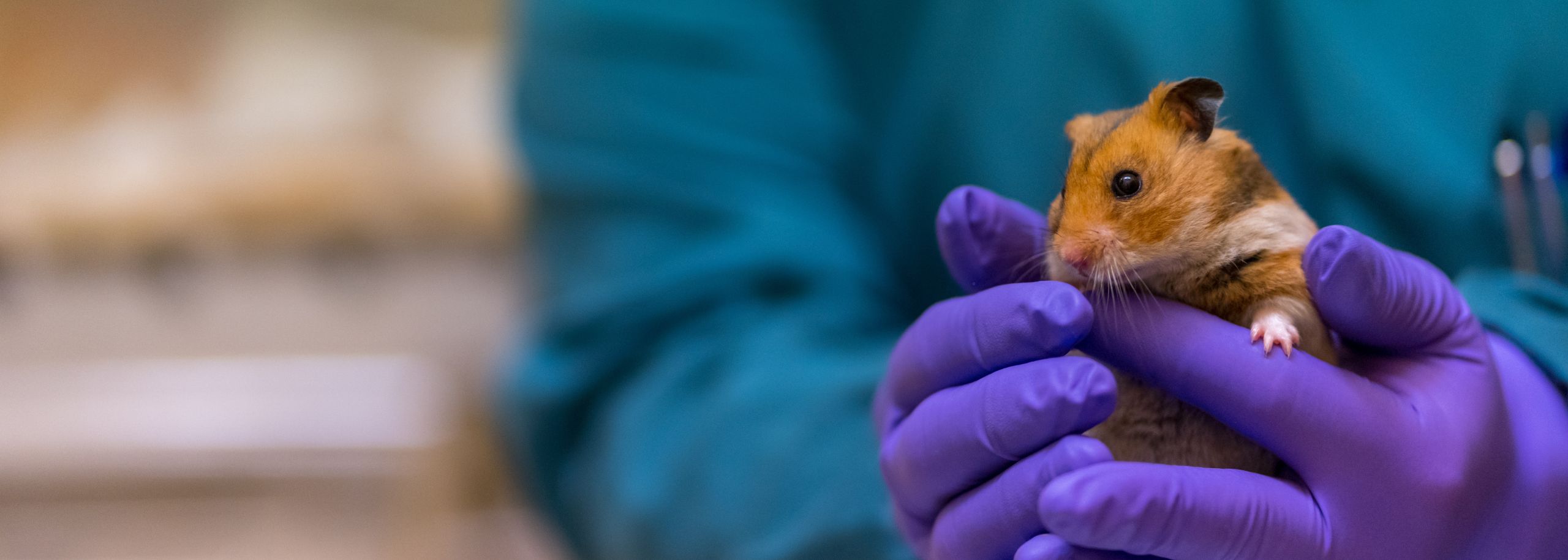The traditionally late annual report from the Dutch Food and Consumer Product Safety Authority has a clear message: in 2022, the number of lab animals increased for the fourth consecutive year. This time not by a few hundred, but by 14,410, adding to a total of 492,380 lab animals. However, large numbers don’t mean much in practice. For an individual lab animal, it doesn’t matter how many other animals also suffer in research. And the number of lab animals says little about how far we’ve come in transitioning to a science that can function entirely without lab animals.
Just as every human should be able to live as a human, every animal should be able to live according to the nature of its species. This is not the case for lab animals. The vast majority of them are born and die in a lab. In the meantime, they often undergo unpleasant experiments. It’s painful that nearly half a million animals were confronted with this fate again last year. Yet the numbers in this report – the so-called “Zo Doende” – mean little.
It doesn’t matter to a dog that more dogs were used
As advocates for a world without lab animals, we would prefer to see the numbers of animal experiments decrease, but the number of lab animals is completely irrelevant to lab animals themselves. It doesn’t matter to a dog that more dogs were used this year (from 906 in 2021 to 1,008 in 2022), and it doesn’t matter to ‘other birds’ that more experiments were conducted on ‘other birds’ this year (from 12,356 in 2021 to 18,794 in 2022). Whether you are part of a rising or falling trend – by species, or in total – makes no difference. The only number that makes a difference for all individual animals is zero: zero lab animals, in all countries.
Being a lab animal always means having 100% bad luck
Precisely because lab animals don’t care about statistics, we will continue until the last animal is out of the lab. “Fortunately, we are not alone in this,” says Debby Weijers, our director. “We share our mission with progressive scientists who are working on innovative research methods without animals. Many people have no idea how much is already possible, and reports like this wrongly give the impression that lab-free research is not making progress. While the opposite is true: in 2022 and 2023, we funded more than twenty lab-free studies. And that’s just a small part of the research underway. The only thing this report confirms is that we haven’t reached the finish line yet.”
Double the tragedy
And that’s literally tragic. Fortunately, there are also dogs, rats, and mice that are adopted after their ‘career’ as lab animals, but most lab animals born in a laboratory also die there. In the vast majority of cases, it’s also for nothing: “Ninety percent of drugs approved in animals eventually prove unsuitable for humans,” explains Debby.
Debby Weijers: “Even if you don’t agree with us that the suffering of lab animals should end, there are still plenty of reasons to focus on lab-free innovations. Lab-free innovation not only saves animal lives but also human lives, as these studies are better tailored to us. Unfortunately, a report like this says nothing about how much progress we have made in recent years.”
A world where every animal life and every human life counts
Animals are not humans. They don’t even resemble us. If they did, we would never subject them to painful experiments. So it’s only logical that they also don’t resemble us enough to represent us in scientific research. A science in which every animal life and every human life counts is therefore a lab-free science. Unfortunately, there is no report that provides insight into how far we have come in that transition yet – but we are further along than you think.

